*This article was completed just minutes before the news of the school shooting at Marjory Stoneman Douglas High School in Florida on February 14, 2018. It has been updated to include details about the shooter that coincide with the premise of this article.*
At the time this article is being written (February 2018), there have been eighteen school shootings. On eighteen different occasions, parents sent their children to school without a second thought. They packed lunches, made sure coats were zipped, and put them on the bus to a place where we are supposed to trust that our children will be safe and happy. Despite the lockdown drills that are now practiced for grades as young as kindergarten, no parent, no matter how old their child is, believes that their child’s school will be the one that experiences such a tragic and terrifying event such as a school shooting. It begs the question: Why are we seeing such an uptick in gun violence and mass shootings, especially at our schools?
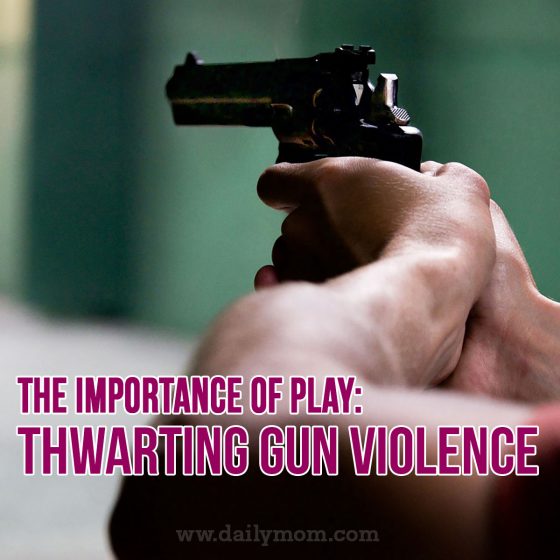
Gun Violence Statistics
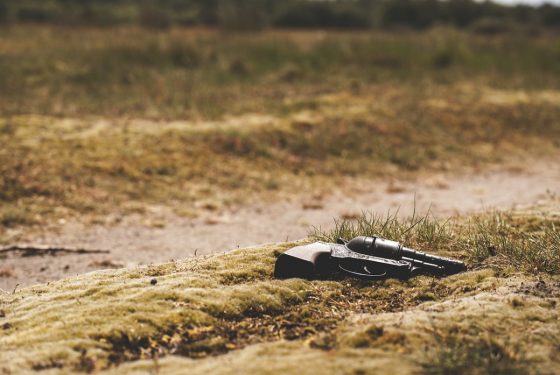
Mass shootings are something that have seemingly increased in recent years. School shootings seem to be increasingly more prominent. But, what are the real statistics on increased gun violence? Is there a true increase or does social media and the immediate notification of situations around the country make them seem more prominent? Here are 5 facts about gun violence and school shootings today:
Disclaimer: This is not a discussion on gun laws. This is simply a statement of facts and statistics.
- Gun violence is lower than it was over 20 years ago– In 1993, gun violence was at 6.21 per 100,000 deaths whereas today it is at 3.2 per 100,000 deaths (The Washington Post).
- Right to Carry laws have increased violent crimes – Since laws such as these have been enacted, violent crimes has increased by 13 to 15 percent (The Washington Post).
- Most mass shootings are not random- Although some shootings, like the Las Vegas Massacre, appear to be random, most shootings are targeting specific people or groups of people (The Washington Post).
- There have been 270 school shootings in the U.S. since Columbine in 1999 (ABC News).
- There has been at least 1 school shooting (primary, secondary, and college campuses) every single week since 2015 (ABC News).
So why has there been such an increase in mass shootings, especially those within schools? Although many like to argue that it’s lax gun laws that allows for this, it is believed by many psychologists that the answer lies further into a person’s development.
Decrease in Play Leads to Increase in Mental Illness
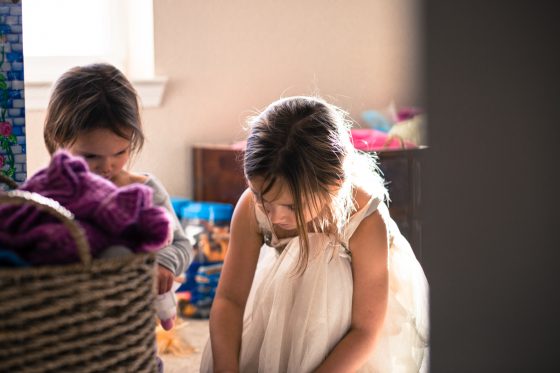
Despite overall gun violence being at a record low, mass shootings and school shootings have increased dramatically. A research conducted by Harvard University found that there has been a 13% increase in school shootings since Columbine in 1999. What in society has changed so significantly that more and more children are turning towards violence on their own classmates or on those around them?
There is some speculation that the change in society’s belief about play-based learning has caused an internal shift in many children’s coping mechanisms as they grow up. In an article by Charlie Hoen about why tragedies like the Las Vegas massacre continue to happen, he notes that there seems to be a correlation between the decline of play in children and the rapid increase in mental illness, especially among males. In fact, males make up 96% of school and mass shooters (ABC News). He goes on to discuss Dr. Peter Gray’s research on this exact topic who states that, “Over the past half century, in the United States and other developed nations, children’s free play with other children has declined sharply. Over the same period, anxiety, depression, suicide, feelings of helplessness, and narcissism have increased sharply in children, adolescents, and young adults… The decline in play has contributed to the rise in the psychopathology of young people.”
In the most recent school shooting at Marjory Stoneman Douglas High School is another example of a child whose possible mental illness contributed to their actions. The alleged shooter was a 19-year former student who had been previously expelled because of disciplinary misconduct. Students who knew the shooter said, “I think everyone had it in their heads that if anyone was going to do it, it was going to be him” (Associated Press).
Known to be a social misfit among his peers, the alleged shooter not only had disciplinary actions set against him, but he had lost friends due to his unruly personality and had been identified by school officials as a potential threat. He had been active on social media in groups that discussed violence, guns, and weaponry, and those around him described him as a “psycho” (Good Morning America).
This most recent school shooter isn’t the first perpetrator who was known by those around them to have social and mental illness issues. The Sandy Hook shooter, the Charleston Church shooter, and the Aurora movie theater shooter (as well as many others) were seen as outcasts by their community.
This begs the question: why is play so important and what can we do to foster play-based learning in a society that has put processes in place that decrease learning in school, and continue to foster situations in which play is discouraged?
The Importance of Play
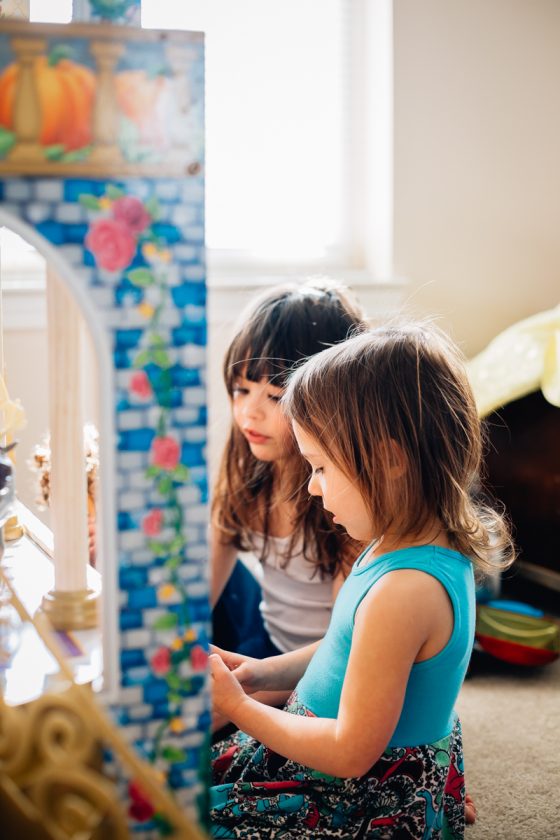
Dr. Marissa Yalamanchili, a school psychologist whose background is in play-based learning and interventions for young children, states that there are several reasons play is important for children, especially at a young age: “Play teaches you to think before acting. It is also a motivator for children. It causes happiness, and can leave a child feeling fulfilled and accomplished.”
In addition to intrinsic and natural motivations to play, children also learn critical social skills when playing with peers and even with adult caregivers. If your child is not given opportunities to play with others, they may have difficulty building concrete social relationships which “can cause peer rejection, which in turn can decrease self-esteem and increase feelings of loneliness,” says Dr. Yalamanchili.
As children grow older, these lack of social skills take a huge effect on their schooling careers. They are rejected or bullied by peers, making them feel inadequate. They may experience depression and anxiety. Changing hormones and puberty also often play a role, creating the perfect storm.
Social skills deficits from lack of play as a young child is something that can affect a child as a whole. Children with better social skills (i.e.”the popular kids”) are often seen as liked better by their peers and teachers, and are often given more central roles within and outside the classroom. This leaves those with decreased social skills in the dust, and ultimately can result in peer rejection and loneliness. Sometimes this causes an already present psychiatric disorder to exacerbate and manifest itself in extreme violence against those that rejected them.
How to Create a Play Environment
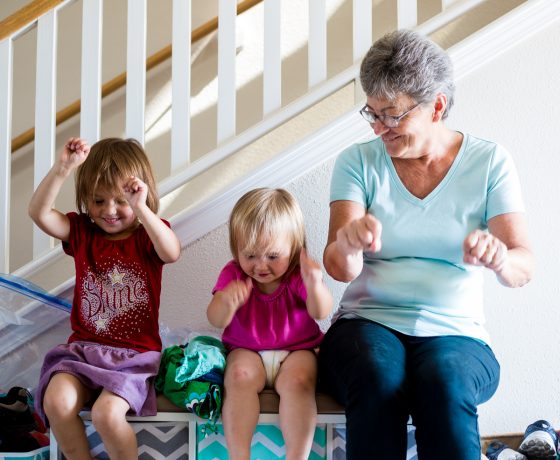
In an age where free play is seen as unimportant, it can be difficult to foster these environments for your children. Dr. Yalamanchili states that, “Research [by Reichow & Volkmar] indicates that the peer mediated approach to teaching social skills is most effective, especially for preschool-aged children.” In other words, allowing children to interact with other children (and not allowing adults to constantly mediate disagreements or direct play) allows children to develop appropriate social skills. In turn, they will be able to better navigate social situations and peer rejection as they get older.
There are a few ways in which parents can help increase play and acceptable social interactions for their children:
- Modeling– Modeling appropriate behavior for your children is the best way to get them to learn, especially when it comes to social interactions.
- Role Playing– Role playing different situations (e.g., friends being unkind to one another, sharing, etc) give children an idea of how to act appropriately when they are on their own.
- Free Play- Allowing children to engage in free play (i.e., not adult directed play; children choose what they would like to play) allows children to learn how to work through emotions when playing. It also allows children to gain intrinsic motivation and engage in activities that they truly enjoy.
- Allow for social interactions- Whether this is through traditional preschool or play group, find ways your children can engage with children their age.
- Pick the right preschool– If you do decide to do preschool, pick one that allows for play-based learning and has blocked off time for free play every day.
- Advocate for your child– If you child has passed the preschool age, you can still foster a play environment for them. Advocate for your child at their school by asking for increased recess time and/or less homework after school so that your child can have time in which they can play with friends, learn social skills, and foster appropriate relationships.
Parenting today is terrifying. We send our children off to school each day hoping that they will be safe. We try to find a balance of letting our child learn independence and keeping them safe from harm. We do our best to ensure that we are raising our children to be acceptable, socially responsible, and kind-hearted adults. The best thing we can do for them, however, is giving them time to play. Run. Jump. Be silly. Get in disagreements. Be disappointed. Help. Find a friend. Be a friend. The importance of play goes beyond letting “kids be kids.” It also will help to mitigate future tragedies.
Photo Credits: Lauren Lomsdale









































